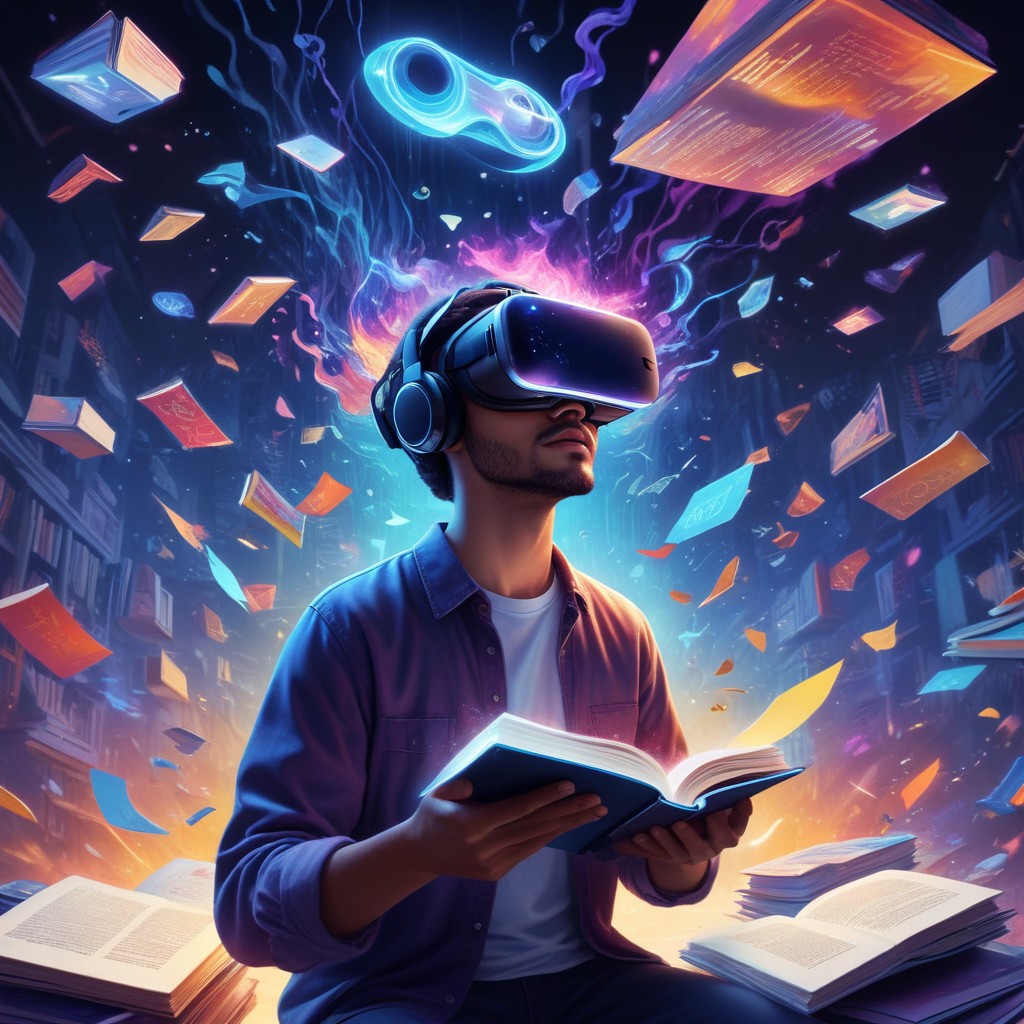Non-Fungible Tokens (NFTs) have recently emerged as a significant innovation in the digital publishing landscape. They offer a novel way for authors and publishers to distribute, monetize, and engage with their content. Here’s a comprehensive overview of the role of NFTs in digital publishing:
1. Understanding NFTs
Definition
- Non-Fungible Tokens: NFTs are unique digital assets stored on a blockchain. Unlike cryptocurrencies like Bitcoin, which are fungible (each unit is identical and interchangeable), NFTs have distinct information and properties that make each token unique.
Blockchain Technology
- Decentralized Ledger: NFTs are created and verified using blockchain technology, ensuring transparency, security, and immutability.
2. Benefits of NFTs in Digital Publishing
Ownership and Provenance
- Authenticity: NFTs can prove the ownership and authenticity of a digital book, ensuring that readers possess a legitimate copy.
- Chain of Custody: The blockchain records all transactions, providing a clear history of ownership, which is valuable for collectors and authors alike.
Monetization Opportunities
- Direct Sales: Authors can sell their works directly to readers as NFTs, bypassing traditional publishers and distributors.
- Royalties: Smart contracts embedded in NFTs can automate royalty payments, ensuring that authors receive a percentage of resale value whenever the NFT is sold on secondary markets.
Exclusive Content and Editions
- Limited Editions: Authors can create limited edition digital books or special content that can be sold as unique NFTs, appealing to collectors and fans willing to pay a premium for exclusivity.
- Bonus Material: NFTs can bundle additional content like author interviews, behind-the-scenes material, or special annotations, enhancing the value of the purchase.
Enhanced Reader Engagement
- Community Building: NFTs can include access to exclusive online communities or events, fostering closer connections between authors and their readers.
- Interactive Features: Digital books sold as NFTs can incorporate interactive elements, multimedia, and even gamification, offering a richer reading experience.
3. Challenges and Considerations
Market Adoption
- Limited Awareness: The concept of NFTs is still relatively new to many consumers, and widespread adoption in the book industry may take time.
- Technical Barriers: Understanding and managing blockchain technology and NFTs can be complex for authors and readers unfamiliar with the space.
Environmental Concerns
- Energy Consumption: The creation and transaction of NFTs, especially on certain blockchains, can be energy-intensive, raising environmental concerns.
- Sustainable Practices: Authors and publishers need to consider the environmental impact and explore more sustainable blockchain options, such as those using proof-of-stake mechanisms.
Legal and Copyright Issues
- Rights Management: Clearly defining and managing digital rights within NFTs is crucial to prevent unauthorized copying and distribution.
- Legal Framework: The legal landscape around NFTs is still evolving, and authors need to stay informed about regulations and compliance issues.
4. Practical Applications
Self-Publishing Platforms
- NFT Marketplaces: Platforms like OpenSea, Rarible, and Foundation allow authors to mint and sell their books as NFTs.
- Dedicated Book Platforms: Emerging platforms are focusing specifically on publishing books as NFTs, offering tools and services tailored to authors.
Collaborations and Partnerships
- Artist Collaborations: Authors can collaborate with digital artists to create unique covers and illustrations, enhancing the aesthetic and collectible value of their NFTs.
- Publisher Integration: Traditional publishers might integrate NFTs into their offerings, providing digital editions alongside physical books.
5. Future Prospects
Integration with Metaverse
- Virtual Worlds: As the metaverse concept evolves, books as NFTs could become part of virtual libraries, accessible within digital environments.
- Virtual Events: Authors can host virtual book launches, readings, and signings in the metaverse, with NFT ownership granting access.
Evolving Business Models
- Subscription Services: NFTs could be used in subscription models where readers gain access to a series of books or ongoing content.
- Crowdfunding and Patronage: Authors can use NFTs to raise funds for their projects, offering exclusive content or early access to supporters.
Conclusion
NFTs have the potential to revolutionize digital publishing by providing new ways to distribute, monetize, and interact with content. They offer benefits in terms of ownership, monetization, and reader engagement but also come with challenges such as market adoption, environmental impact, and legal considerations. As the technology and market mature, NFTs could become a standard part of the digital publishing ecosystem, offering authors and readers exciting new possibilities.

